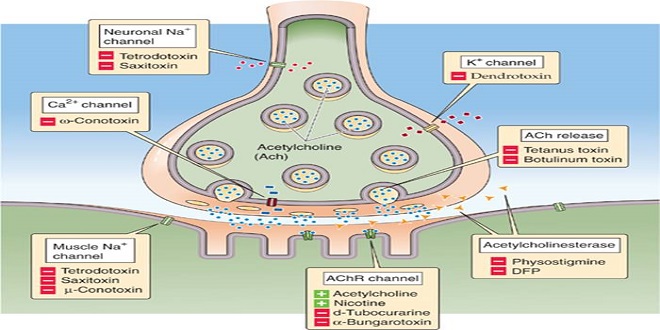
Introduction
Until the flurry of recent peace initiatives, most importantly the inter Congolese Dialogue that ended inconclusively in Sun City, South Africa, and the July ZOO2 agreement between the Democratic Republic of Congo (DRC) and Rwanda, the DRC was in the midst of one of the most sweeping and wide-ranging conflicts in post-colonial Africa. Despite these agreements and the engagement of the United Nations through a monitoring mission (Mission de organization des Nations Unites au Congo or MONUC), peace is not yet secure in this vast country. At the height of the war, the conflict developed an international character, bringing in many regional actors, defying regional and international mediation. The DRC now ranks 15Znd in the UNDP Human Development index of 174 countries, despite the existence of considerable natural resources, such as diamonds, hydroelectric power, wood, and strategic minerals. In particular, colt – a combination of Columbium-tantalite – is among the strategic minerals found in the Congo and forms the basis of a high-tech global commodity chain. With 80% of global colt and reserves located in Africa, most of it in the DRC, several analysts have argued that interactional demand for the metal has become one of the driving forces behind the war in the DRC and the presence of rival militias.’ In this sense, coltan has come to be identified as one of the major resources plundered from the DRC by Congolese rebels and their allies, Rwanda and Uganda.
Background to the Conflict
From 1874-to 1908, the DRC was known as Congo Free State, then a private concession of King Leopold 11, King of Belgium. In 1908 the DRC became an official colony of Belgium. It was not until June 1960 that the DRC became independent, with Patrice Emery Lumumba and Joseph Keas Vibe, respectively as prime minister and first president. Following the assassination of Lumumba shortly thereafter, the country experienced a series of rebellions and secessionist movements sometimes with the direct encouragement of external actors. Shortly after the second parliamentary general elections Colonel Mobutu Sasol Seiko successfully organized a coup and assumed power, with the support from the United States, in the newly renamed Zaire. He remained in power for 32 years. In 1997 the increasingly corrupt and despotic regime of Mobutu was overthrown by an alliance nominally under the leadership of Laurent Desire Kabila and strongly backed by several other governments. Laurent Kabila was subsequently assassinated in January 2001 and replaced by his son, Joseph Kabila, as president of the DRC.
Read More: themakernewsz.com
Key Factors in the Conflict
From a general perspective, the post-Cold war conflicts in the region of central Africa and, in particular, in the DRC, have come to be associated with periods of domestic, economic, and political liberalization and to reflect the impact of rapid democratization in weak state^.^ Many developing countries may be ill-prepared for the political tumult and economic stresses caused by global trends such as rapid conversion to a market economy and democratization reawakened ethnic identity, etc, which the post-Cold War era unleashed. In this sense, these characteristics form what the conflict analysis literature has come to describe as background conditions, namely fundamental (economic, environmental, demographic, historical, etc) circumstances which can make a society vulnerable to violent conflict?
Other Causes of Conflict
Undeniably left a political and security vacuum that was in part filled by two successive rebel movements. Additional aggravating factors include arms proliferation and the instrumental exploitation of ethnicity, often resulting in ethnic alliances, both at the country level and in the regional context. Yet these were exacerbated by a series of other factors, the first of which is the inflows of refugees in 1994-1995. Not only did this influx threaten the existing social, ethnic, and political balances, but also provided a fertile breeding ground for radical groups preparing the overthrow of the neighboring government, while itself becoming the target for raids by the army or militias. The Rwanda-Uganda armed skirmishes in Kisangani during 2001, as well as their current heightening differences, can also be seen in this light.
Last word
This is not to say that SADC’s mediation process was a smooth enterprise. Different approaches were indeed in contention among different SADC member states, while reflecting their respective national interests and allies.’ Eventually, Zambian President Fredrick Childbed was appointed principal mediator and the first series of meetings were organized in1998, without much success, as either Kabila or the rebels alternatively refused to attend. SADC persisted and eventually, in July 1999, the Lusaka Accords were signed by the Congolese government, rebel groups, and the states which had been supporting the various Congolese sides, namely Angola. Zimbabwe, Rwanda, and Uganda. The agreement focused on the following building blocks.





